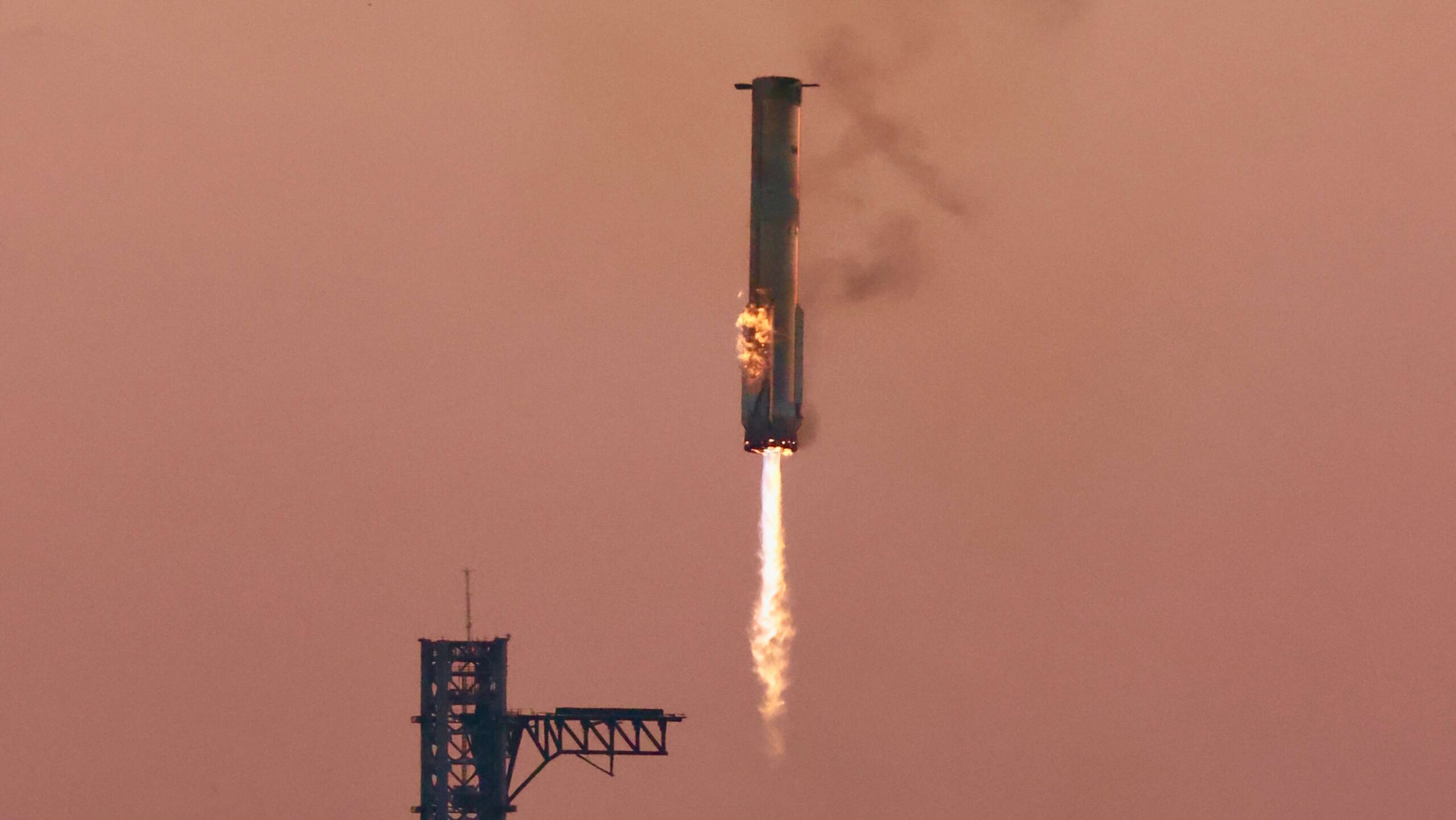SpaceX has just dropped a massive update about the upcoming Starship Flight 11, and the details are nothing short of game-changing. With bold upgrades, experimental testing strategies, and an aggressive move toward full rocket reusability, this next flight isn’t just another test—it’s a milestone in human spaceflight history.
But as SpaceX rockets forward, others like Firefly Aerospace are struggling to keep up, with their Alpha rocket facing another setback. In this blog post, we’ll dive into everything you need to know—from Starship Flight 11’s daring plans, to Firefly’s development roadblocks, and what it all means for the future of private space exploration.
🚀 Starship Flight 11: The Countdown Begins
Launch Date Confirmed
On September 29, SpaceX officially announced that Starship Flight 11 is targeted for launch on Monday, October 13 at 6:15 p.m. CST. That launch window aligns perfectly with earlier notices to mariners, and it coincides with the date of Flight 5, the mission that marked the first successful booster catch test.
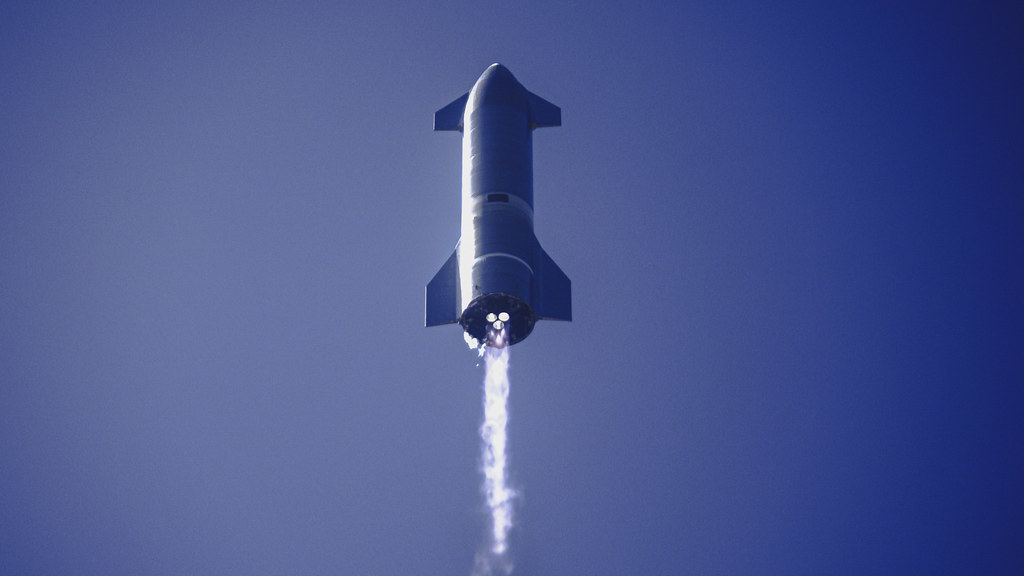
Why This Flight Matters
Flight 11 represents the final test of the current Starship Gen-2 design, serving as the critical bridge between the existing fleet and the next generation of fully catchable rockets. This mission will stress-test reusability, engine performance, and heat shield durability like never before.
🔍 What’s New in Starship Flight 11?
Booster Highlights: More Reuse, New Engine Config
The Superheavy booster for Flight 11 has already flown on Flight 8. This time, it’s launching with 24 flight-proven Raptor engines, showcasing SpaceX’s aggressive push toward engine reusability.
- Out of 33 engines, 24 are reused.
- Only 9 engines are new, including replacements for those that previously failed.
- The flight will not include a catch attempt, but rather an offshore landing to test engine shut-down dynamics and terminal descent behavior.
Key change: The final landing sequence will use 5 engines, up from the usual 3, adding redundancy and simulating future catch conditions.
Heat Shield Stress Test
This mission will intentionally fly with some tiles removed to simulate real-world heat shield damage scenarios.
- Vulnerable areas have been left exposed to see how the ship reacts to tile loss.
- This marks a bold strategy shift. Instead of avoiding damage, SpaceX is embracing it to learn from it.
This is crucial for future missions where tile loss may be inevitable.
🛰️ Upper Stage Objectives: Paving the Way for Return and Catch
Starlink Satellite Simulators
The upper stage will deploy 8 Starlink satellite simulators into a suborbital trajectory. These won’t reach orbit and are designed to self-destruct during re-entry, minimizing space debris.
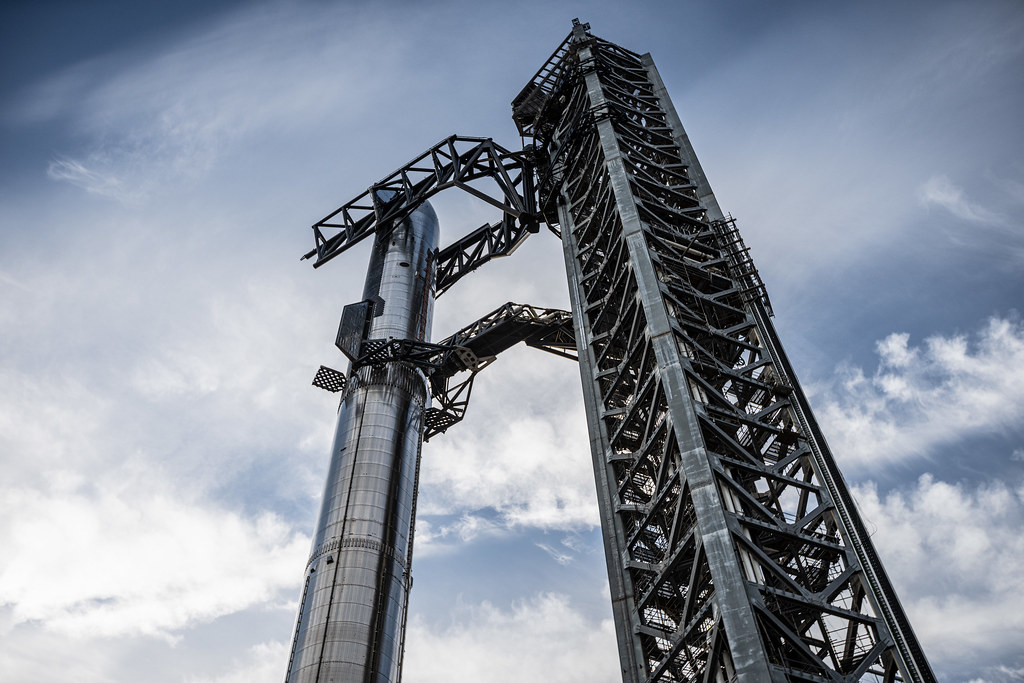
Orbital Engine Re-Ignition
SpaceX will test an in-space relight of the Raptor engines, a critical milestone for proving Starship’s capability to reach orbit and return.
Simulated Return to Starbase
Another bold objective: simulate the exact return path a future orbital Starship would take to land back at Starbase, including:
- Banking maneuvers
- Flip maneuvers
- Subsonic guidance algorithms
- Controlled splashdown in the Indian Ocean
This is essentially a dress rehearsal for the future mission where SpaceX will catch both stages of Starship using Mechazilla.
🔧 Mission Breakdown: Phase by Phase
Booster Launch and Landing Profile
- Lift-off with 24 reused Raptors
- Burn trajectory toward offshore splashdown
- Landing burn ignites 13 engines
- Gradual engine shutdown until 5 remain for descent
- 3-engine hover over the ocean before cut-off and splashdown
Starship Upper Stage Tasks
- Deploy 8 Starlink simulators
- Test orbital engine reignition
- Execute full reentry maneuver
- Heat shield stress testing
- Splashdown in Indian Ocean
🧪 Experimental Tech: Preparing for Full Catching
Final Flight of Gen-2 Design
Flight 11 will be the last flight of the current Starship version. Starting with Flight 12 or 13, SpaceX will debut the Gen-3 version, with:
- Improved thermal protection systems
- Refined aerodynamics
- Full catching capability for both stages
This marks the beginning of true full reusability, the ultimate goal of the Starship program.
Catching Tests Are Coming
Though Flight 11 won’t attempt a catch, the changes in engine configuration and guidance simulation are laying the groundwork for Mechazilla catch tests, expected as early as Flight 13–15.
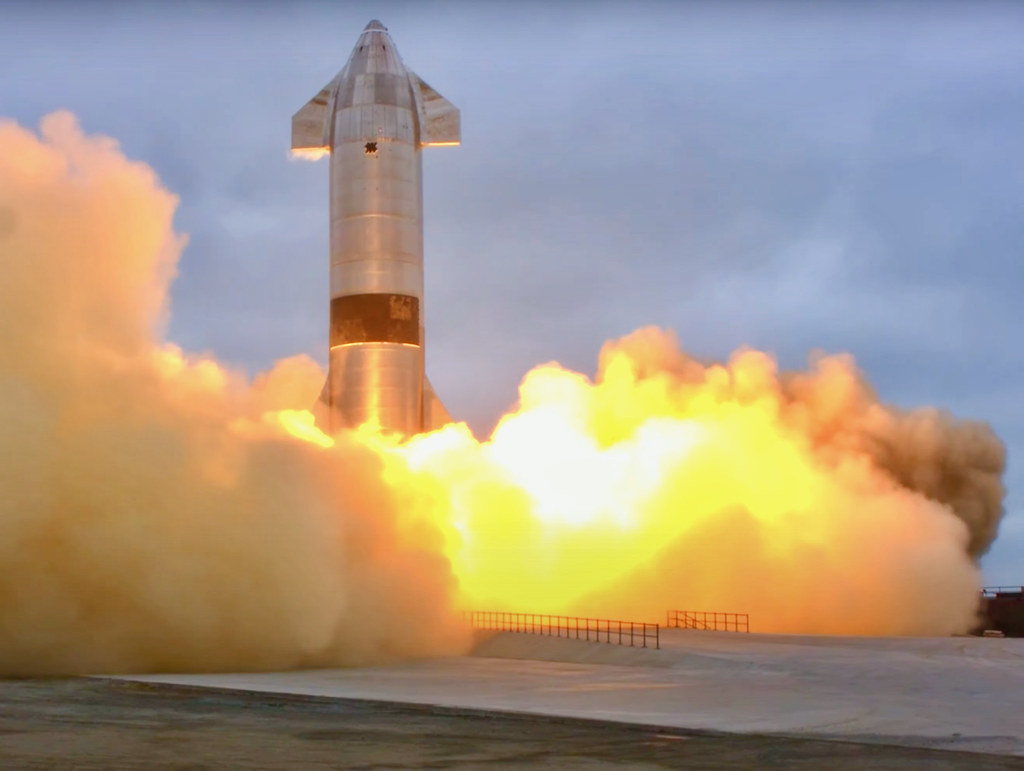
🏗️ Launch Prep and Infrastructure Upgrades
Starbase and Megabay 2 Updates
- The Superheavy booster is nearly ready, with only FTS (Flight Termination System) work left.
- The Starship upper stage is being finalized inside Megabay 2, undergoing final inspections and payload integration.
Pad and Infrastructure Readiness
- All launchpad systems are being inspected and calibrated to avoid last-minute aborts.
- Launchpad 2, needed for future catch attempts, is undergoing accelerated testing.
- The Massie test site must also come online soon to handle V3 hardware testing.
🆕 Coming Soon: Booster V3 and Ship S39
After Flight 11, SpaceX is expected to:
- Roll out Booster V3 (B18) for testing
- Complete and integrate Ship S39, the first Gen-3 upper stage
- Conduct hardware trials to ensure catch-capable designs
These vehicles will bring real Mechazilla catch attempts into focus by early 2026.
🔥 Firefly Aerospace Struggles: Another Setback for Alpha
While SpaceX pushes ahead, Firefly Aerospace continues to face issues with its Alpha rocket.
September 29th Test Failure
During a stage test at its Briggs, Texas facility, Firefly’s Alpha booster exploded, resulting in the loss of the stage.
- No injuries occurred
- No surrounding infrastructure was damaged
- Cause is still unknown
This follows a mission failure in April, where the Alpha rocket suffered a booster explosion after stage separation, damaging the second stage and leading to payload loss.
Reliability Concerns Mount
So far, out of 6 Alpha missions:
- 2 have failed outright
- 2 were only partially successful
- 2 are considered full successes
This raises serious concerns about the long-term viability of Alpha in the already competitive small-lift launch market.
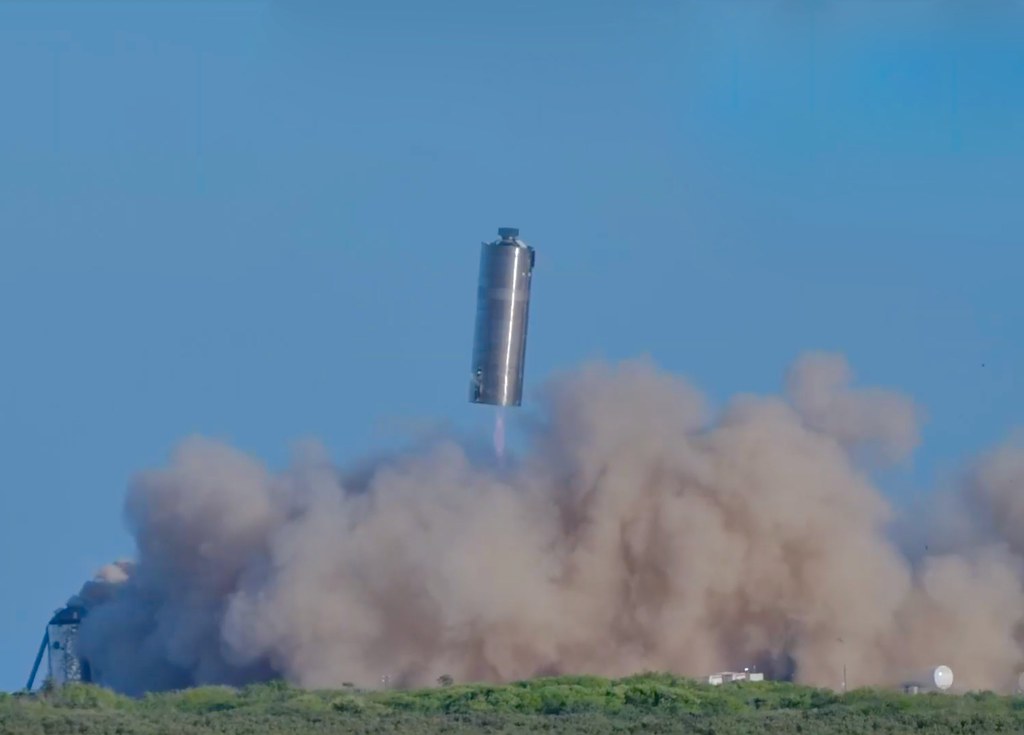
🧠 Analysis: SpaceX Surges, Firefly Stumbles
Why SpaceX Is Winning
- Rapid iteration and frequent testing
- Data-driven engineering
- Massive funding and talent pool
- Willingness to take bold risks (e.g., flying with missing heat shield tiles)
What Firefly Needs to Fix
- Engineering reliability
- Better thermal management
- More robust QA protocols
- Improved transparency and public communication
📅 Final Thoughts: A Historic Flight Ahead
Starship Flight 11 is more than a test—it’s a declaration. SpaceX is saying:
“We are ready to catch rockets, simulate returns, and make full reusability a reality.”
This mission sets the stage for:
- The Gen-3 Starship fleet
- First real Mechazilla catches
- Fully reusable point-to-point transport systems
- A new chapter in interplanetary travel
🗣️ What Do You Think?
Will Flight 11 succeed? Will the heat shield survive the exposed tile test? Can Firefly Alpha recover from another setback?
Let us know in the comments!
Personally, I’d rate Flight 11’s chance of success at around 90%. SpaceX has done the prep work. Now it’s time to see the results.
FAQs
1. What is SpaceX’s Starship Flight 11?
Starship Flight 11 is the upcoming test flight of SpaceX’s fully reusable rocket system. It is the final flight using the current Starship generation and will test new engine configurations, a partially removed heat shield, and experimental return maneuvers.
2. When is Starship Flight 11 scheduled to launch?
SpaceX has scheduled Flight 11 to launch on Monday, October 13 at 6:15 p.m. Central Standard Time.
3. Will SpaceX attempt to catch the booster during Flight 11?
No, the booster will perform an offshore landing. Although a catch was speculated, SpaceX confirmed this flight will only simulate landing dynamics without a catch attempt.
4. What makes Flight 11 different from previous Starship flights?
Flight 11 is designed to be highly experimental, featuring:
- 24 reused Raptor engines
- A new 5-engine landing configuration
- Heat shield stress testing with missing tiles
- Simulated return trajectory for future catch attempts
5. What is the goal of removing tiles from the heat shield?
SpaceX has intentionally removed thermal protection tiles to stress test vulnerable areas. This simulates real-life tile loss scenarios and will help improve future Starship designs.
6. Will Flight 11 reach orbit?
No, Starship Flight 11 is a suborbital test, meaning it will not achieve full orbit. It is designed to gather data and test systems for future orbital missions.
7. Will Starship Flight 11 deploy any satellites?
Yes, it will deploy eight Starlink simulator satellites, which are non-functional and will self-destruct upon reentry.
8. What is the purpose of in-space engine relight testing?
This test validates the Raptor engines’ ability to restart in space, a critical function for orbital maneuvers, return trips, and future interplanetary missions.
9. What is the long-term goal of these Starship test flights?
The ultimate goal is full reusability of both the booster and upper stage, enabling low-cost, rapid launch cycles for missions to Earth orbit, the Moon, Mars, and beyond.
10. What’s coming after Flight 11?
Following Flight 11, SpaceX plans to introduce the next-gen Starship Gen-3 with:
- Enhanced thermal shielding
- Improved aerodynamics
- Full catching capability using Mechazilla arms
11. When will SpaceX attempt its first full catch?
Full catches of both the booster and Starship are expected to begin between Flights 13 and 15, possibly in early-to-mid 2026, depending on development progress.
12. What is Booster V3 and Ship S39?
These are the next-generation vehicles being built:
- Booster V3 (B18): Featuring design improvements for catching and reusability.
- Ship S39: The first upper stage designed to be caught.
13. What happened with Firefly Alpha’s recent test?
On September 29, the Alpha rocket’s first stage exploded during testing at Firefly’s Texas facility. No injuries were reported, but it marks another major setback for the company.
14. How many Firefly Alpha launches have been successful?
Out of six Alpha missions:
- 2 have failed
- 2 were partial successes
- 2 were fully successful
Firefly is still working toward stabilizing its launch platform.
15. What caused the failure in Firefly’s April mission?
The April failure was attributed to plume-induced flow separation, which caused heat buildup, engine nozzle damage, and eventual loss of payload.
16. Is Firefly Aerospace still operational after the explosion?
Yes, Firefly remains committed to its testing philosophy and has stated that it will continue developing and improving the Alpha rocket despite setbacks.
17. Where can I watch Starship Flight 11 live?
SpaceX typically streams its launches live on its official website, as well as its YouTube channel and X (Twitter) profile. Tune in on October 13 at 6:15 p.m. CST for Flight 11 coverage.
Read More:
- Boring Company buys land near Nashville Airport as Music City Loop advances
- Neuralink’s first human patient shares journey to renewed self-independence
- Starlink makes a difference in Philippine province ravaged by typhoon
- Tesla makes first move to counter loss of $7500 EV tax credit
- Will Tesla thrive without the EV tax credit? Five reasons why they might

